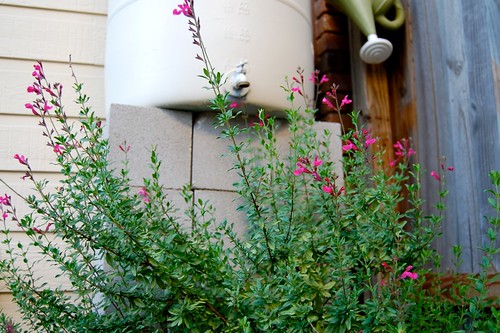
Salvia greggi under the rain barrel. This plant started blooming in mid-February and has been going through bloom cycles every six weeks.
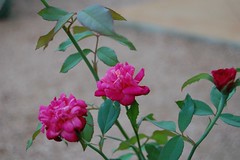
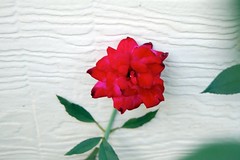
Archduke Charles Rose. In the morning, when the flowers open, they are a light pink, by noon, they are fuschia and by evening, they are a deep pink that's almost red. This is the bush's second summer flush.
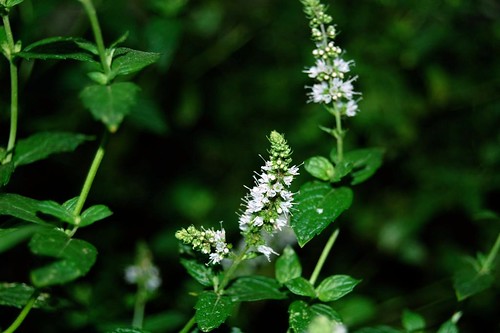
A few edibles from my garden are in bloom. First, spearmint.


Next, a bouquet of garlic chive buds. And figs. You never see figs bloom because, technically, what we call the fruit is the flower. Here's how the Texas AgriLife Extension describes it:
The fig fruit is an inverted flower with both the male and female flower parts enclosed in stem tissue. This structure is known botanically as a syconium. At maturity the interior of the fig contains only the remains of these flower structures, including the small gritty structures commonly called seeds. Actually, these so-called seeds usually are nothing more than unfertilized ovaries that failed to develop. They impart the resin-like flavor associated with figs.
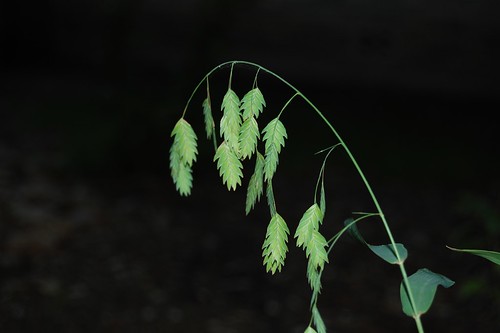
It's not exactly a bloom, but my inland sea oat has produced its showy seedheads. This ornamental grass is an attractive option for shady areas where it's hard to grow blooming plants.
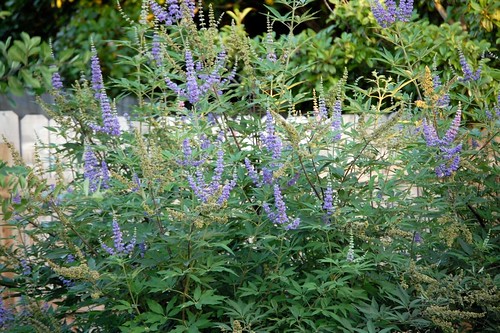
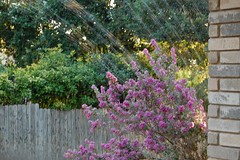
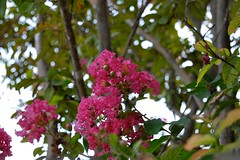
Finally, over the fences on all sides of us, I can see my neighbors' Texas lilac (Vitex), Texas sage and several colors of crape myrtles.
Almost every bloomer in my yard has flowers right now so I've limited this blog post to the plants that recently awakened from a rest cycle. To see more of my July 15 bloomers, check out my flickr set.
Everything looks lush and lovely! Interesting facts about figs. We have lots of them, but I never thought about not seeing the flowers!
ReplyDeleteIn awe of your beautiful garden! We're trying to keep ours from shrivelling and dying in the Texas heat right now!
ReplyDelete